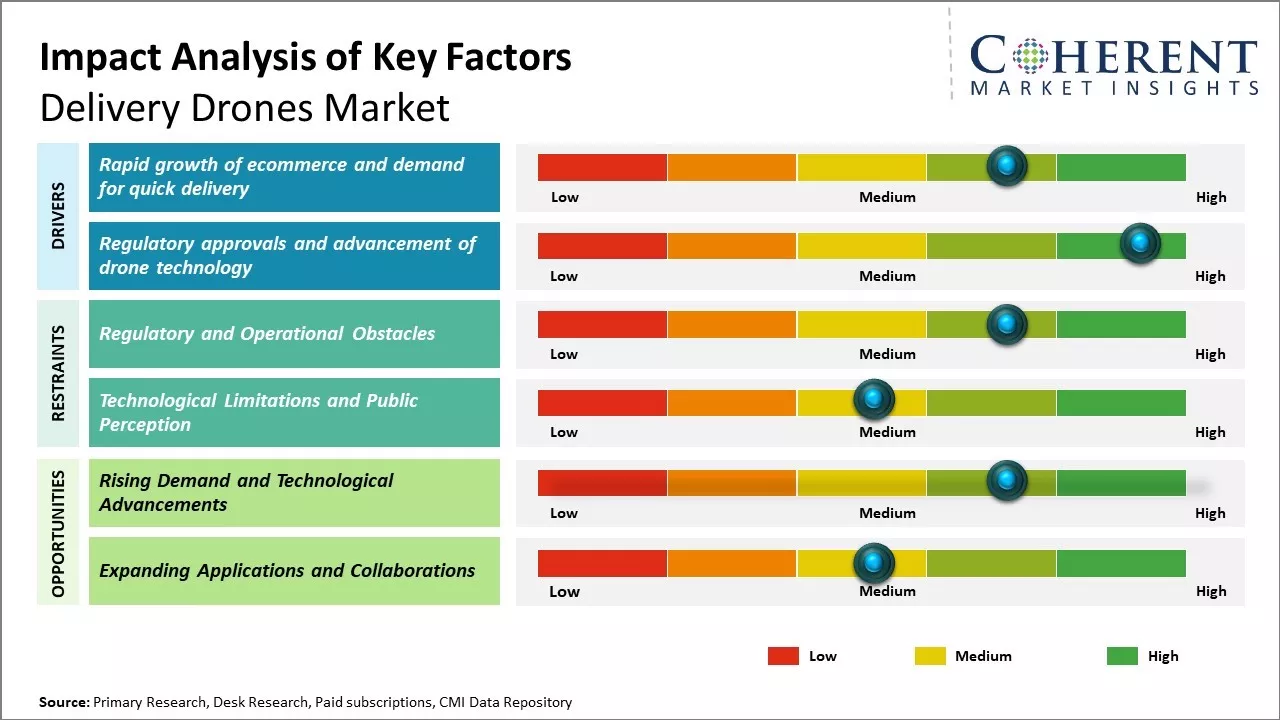The delivery drones market is estimated to be valued at US$ 709.4 Million in 2025 and is expected to reach US$ 8,552.6 Million by 2032, exhibiting a compound annual growth rate (CAGR) of 42.7% from 2025 to 2032.

To learn more about this report, Request sample copy
This growth is driven by the expanding e-commerce and logistics industry worldwide along with advancements in drone technology which is enhancing their delivery carrying capacity and flight duration. The delivery drones market is expected to witness significant growth over the forecast period. Regulatory norms are being amended to allow for the commercial use of drones for delivery purposes. Several companies are investing in research and development to introduce improved delivery drones with VTOL capability, autonomous navigation, and advanced battery technology enabling longer flight times. Drone delivery is emerging as a cost effective method for last mile deliveries for retail, food, and logistics companies.
Rapid growth of ecommerce and demand for quick delivery
With the ever-increasing popularity of online shopping, the demand for quick and convenient delivery of items purchased online has also been rising rapidly. Many e-commerce retailers and food delivery companies are constantly looking for innovative ways to cut down delivery times and provide a superior delivery experience to their customers. Traditional delivery methods that rely on road transport can often get slowed down due to traffic congestion in urban areas. This is where drone delivery seems to provide a very attractive alternative as drones have the capability to take the aerial route and avoid traffic bottlenecks on the ground. Drones can reach locations much faster than ground vehicles in many cases.
For instance, in 2023, Amazon a ecommerce company, tested drones under its Prime Air brand, noting that 86% of its packages weigh less than five pounds. With a network of over 75 fulfillment centers across the U.S., Amazon plans to offer drone deliveries to customers within a 10-mile radius of these centers. Additionally, UPS is testing drones that can be launched from traditional delivery vehicles, enabling drivers to deliver more packages while reducing fuel costs.
Joining thousands of companies around the world committed to making the Excellent Business Solutions.
View All Our Clients